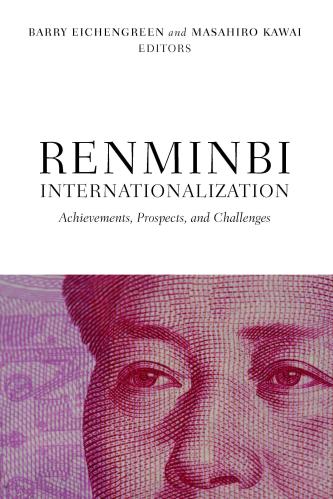Future bouts of financial disruption may not follow the same pattern as prior crises, cautioned Hyun Song Shin, Economic Adviser and Head of Research of the Bank for International Settlements. In a presentation delivered to the Hutchins Center on Fiscal and Monetary Policy at Brookings, Shin highlighted two potential threats to financial stability which merit further study:
Changing pattern of financial intermediation: Shin pointed to a shift away from bank-intermediated credit towards capital markets, and postulated that we have entered a new phase of global liquidity. Since 2010, the bond market has led global credit growth, with long-term investors, particularly asset managers, lending directly to corporations, especially in emerging markets. Shin cited evidence that in today’s environment, with short rates at zero and a flattening yield curve, asset managers who are concerned with their relative performance rankings tend to reach for yield. This “leverage-like behavior without leverage” of the asset management industry could exacerbate large price movements and pose risks to financial stability. The last crisis revolved around leveraged financial institutions; the next crisis may not.
Global Perspective: Illustrating the increased role of the U.S. dollar globally, Shin noted that of the $9 trillion in dollar-denominated credit extended to borrowers outside the United States, $7 trillion came from banks and investors outside the U.S. He warned that in today’s increasingly globalized financial markets, local currency depreciation can amplify lending contractions, leading to further depreciation—creating a negative feedback loop. He concluded that a stronger U.S. dollar could constitute a tightening of global financial conditions, becoming particularly painful for non-financial companies in emerging markets who have borrowed in dollars and, thus, could hamper global growth.
The Brookings Institution is committed to quality, independence, and impact.
We are supported by a diverse array of funders. In line with our values and policies, each Brookings publication represents the sole views of its author(s).










Commentary
Hyun Shin’s Warning: The Next Crisis May Not Be Like the Last One
December 5, 2014